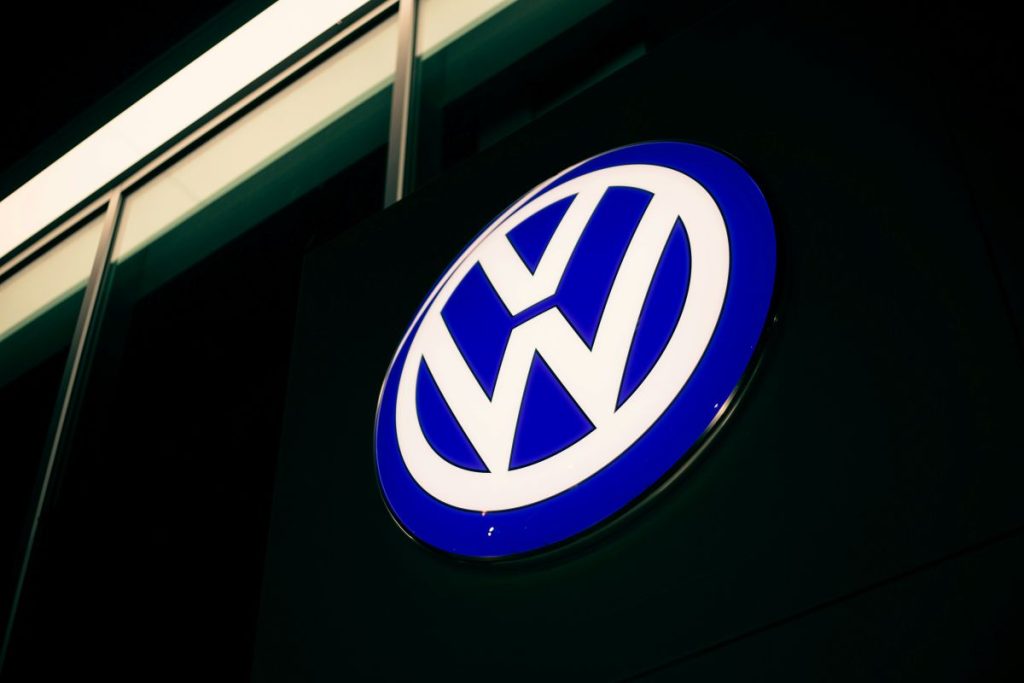In response to surging export demand and constrained infrastructure, Volkswagen and Maersk didn’t wait for the network to catch up—they redefined the model instead.
Rethinking the Foundation of Vehicle Exports
Volkswagen Mexico’s recent export bottleneck was more than a logistical snag—it was a stress test of a legacy system. Built around predictable rail service and RoRo vessel availability, the company’s outbound network was optimized for efficiency but left little room for deviation. When capacity fell short, the consequences were immediate. Storage yards filled, production stalled, and delivery timelines came under pressure.
Rather than pursue incremental fixes, Volkswagen opted for a more structural rethink. In partnership with Maersk Mexico, it launched a strategy that had long been technically feasible but seldom operationalized at this scale in the finished vehicle segment: shipping cars in ocean containers. Though the concept of containerizing vehicles isn’t new, its adoption has typically been limited to niche use cases. In this context, it became a release valve—one that restored flow and unlocked flexibility at a critical moment.
A Tactical Response with Strategic Consequences
What began as an urgent workaround is now evolving into a broader component of Volkswagen’s export logistics playbook. The decision to containerize enabled the automaker to route around congested inland and port infrastructure, clearing backlogs and restoring continuity to its outbound flow. But more importantly, it opened up a different conversation—one about how finished vehicle logistics can be made more resilient without overreliance on fixed assets or legacy dependencies.
The operational benefits were real, but so was the mindset shift. By designing for modularity and exploring new port pairs, Volkswagen added redundancy into a system that had grown increasingly linear. The CIC model, as it’s now branded, has become more than a solution to a rail shortfall. It’s a viable supplement to a traditional network that’s under growing strain from both demand volatility and constrained infrastructure.
Why This Matters Now
The broader lesson lies in the choice to move from workaround to model. In a sector where supply chain strategy is often tied to long-term assets—plants, yards, dedicated routes—Volkswagen and Maersk demonstrated that meaningful change can also be engineered through orchestration and lateral thinking. Rather than waiting for infrastructure to scale or capacity to normalize, they reconfigured the network from within.
For other automotive exporters and logistics leaders navigating similar tensions, the takeaway isn’t simply to adopt containerization. It’s to examine whether current modes are overly dependent on brittle chokepoints—and whether flexibility can be built not just at the edges, but into the core of outbound design. As demand patterns shift and transportation constraints continue to evolve, agility may be less about adopting new technologies than repurposing old ones at the right scale, in the right moment.








